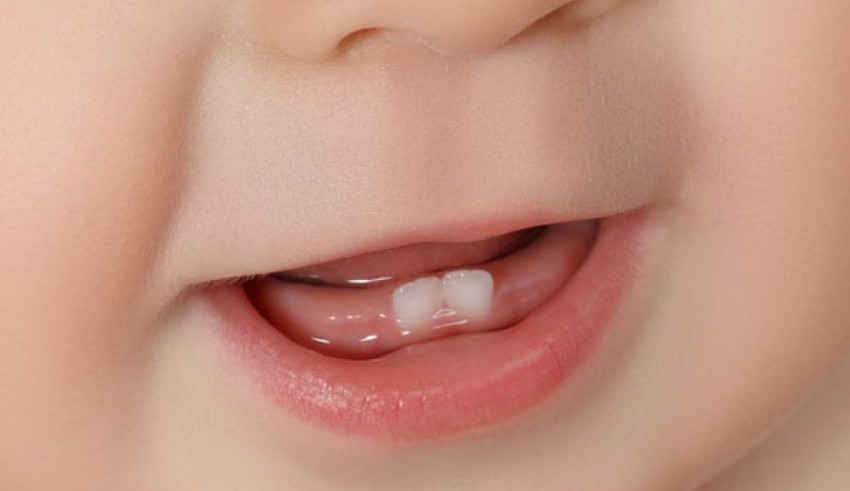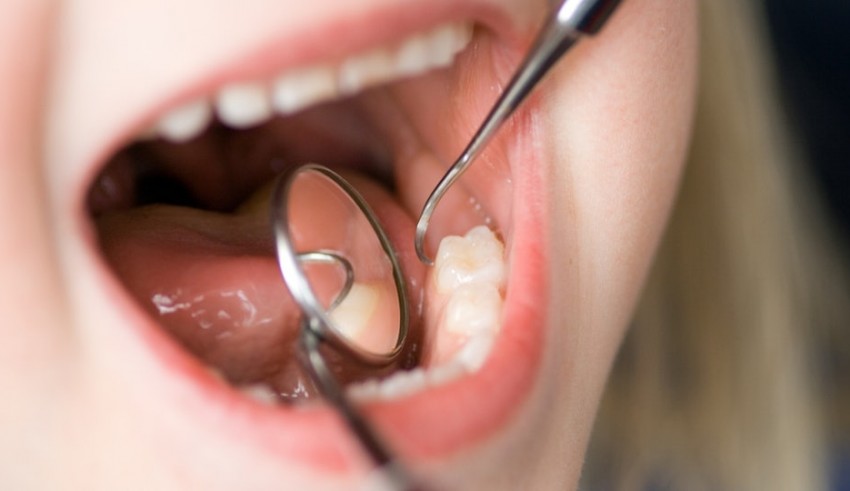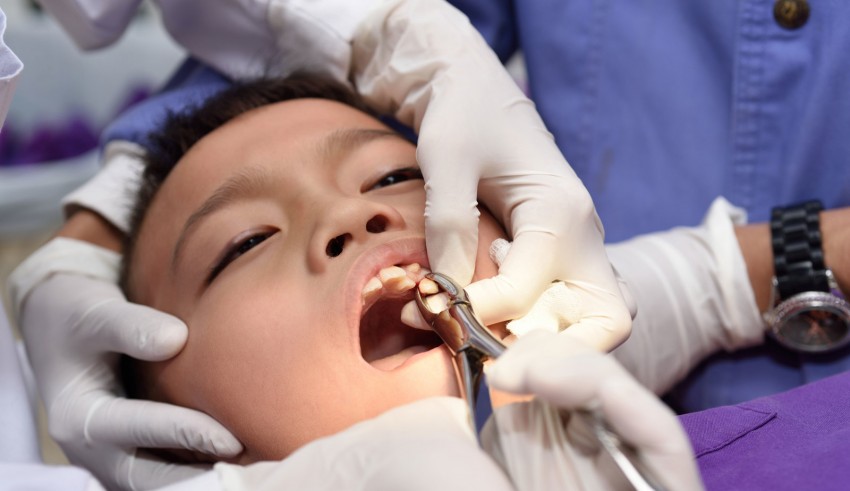
Baby Teeth
Baby teeth, generally known as Milk teeth, are the most prominent teeth for infants and children and are as important as permanent teeth in adults. The appearance of the first tooth in infants varies depending on the condition, from infancy to another, and usually, emerges from six months to one year of age and continues to grow until three or four years of age. Each baby is different, but often, the first teeth are located on the upper and lower sides of their mouths.
The primary teeth remain as long as the permanent teeth grow, and when the permanent teeth are ready to emerge, these teeth fall. Falling starts at six age with the two front teeth. Between 10 and 13 years of age, a child loses all milk teeth.
The role of Milk Teeth
The main task of primary teeth is to maintain a proper gum shape and sufficient space for the appearance and growth of permanent teeth. Early removal of the primary teeth will cause space and health problems for the permanent teeth. Other roles of milk teeth are Biting and Chewing, Nutrition, Speech, Development of Jawbones, and Facial Muscle.
Milk teeth care
Fluoride is one of the minerals that harden primary tooth and prevents decay, and It is best to add to the baby’s diet from the age of six months. When you start with solid food, give your baby a few ounces of water in a sippy or straw glass. It is best to brush your baby’s teeth twice daily with a small amount of fluoride. Dental soothing tablets containing Belladonna and benzocaine substances are harmful to your baby’s health, avoid taking them because the FDA has warned of both possible side effects.
First time to see a dentist
It is recommended to see a dentist every six months after the first tooth emerges and after the birth of one year. The pediatric dentist will ensure that all teeth usually develop and that there are no dental problems. In addition to checking for dental problems, your dentist will teach you how to care for and brush your baby’s teeth.



















